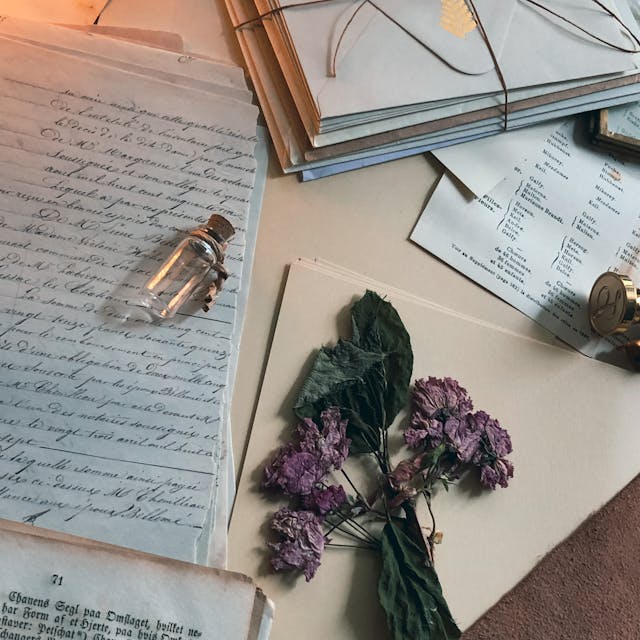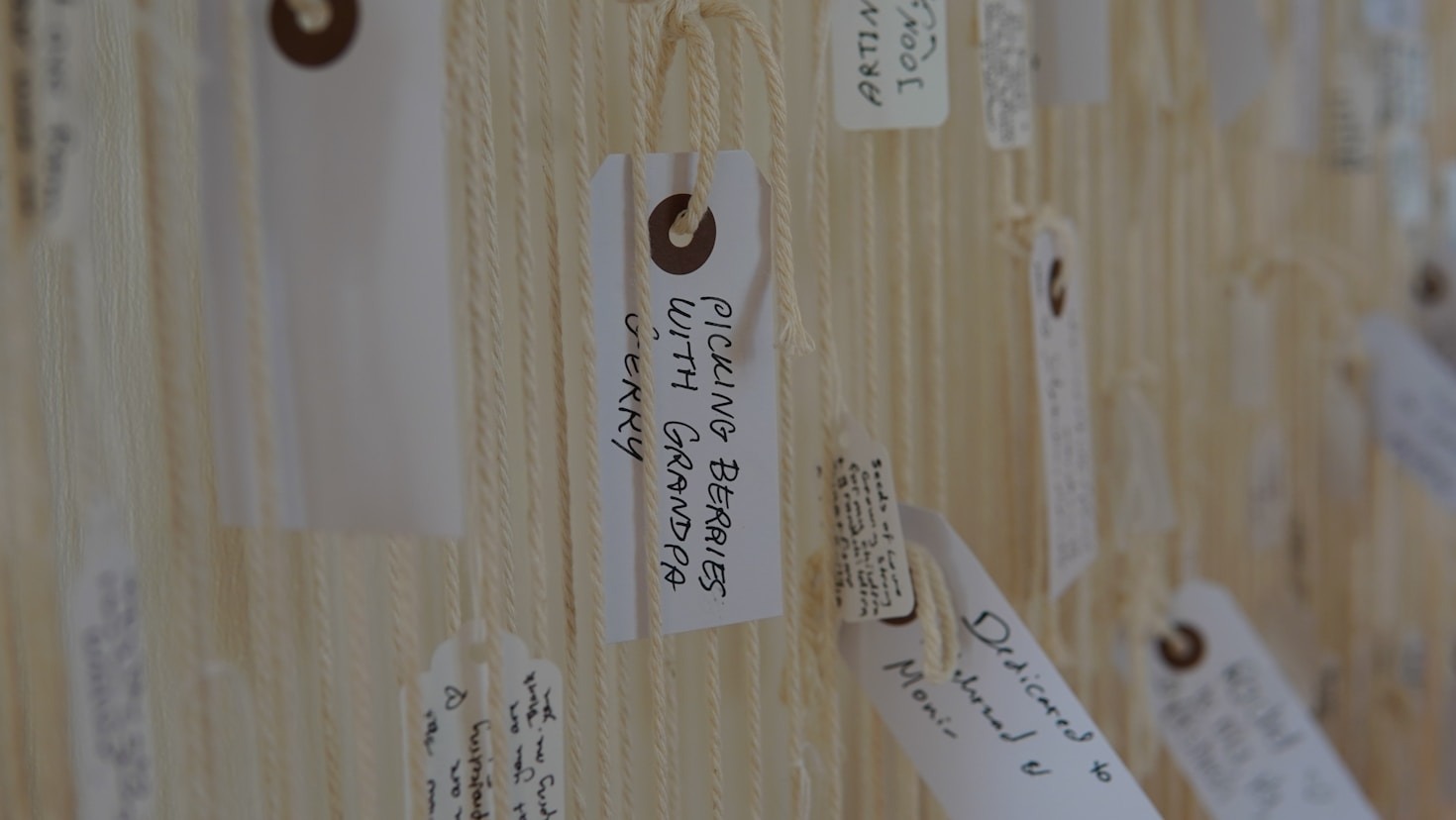The most meaningful family stories often go unrecorded because creating the keepsakes preserving them requires time, skill and effort in collecting details, organizing memories, and maintaining an authentic voice—work that most people don’t have time for and well-intentioned DIY approaches rarely complete.
My grandmother could describe exactly how the light looked coming through the kitchen window on the morning she learned the war had ended. She recalled the weight of her first baby girl in her arms, the specific creak of the floorboard where my grandfather proposed, and the recipe for her grandmother’s rye bread, which was never written down because everyone just knew how to make it.
But now, no one does.
This is the quiet and common crisis of family history. The more dramatic events are remebered, but the essence of everyday life—the experiences that make a person real and specific—simply fades away. We assume these stories will always be there. We think we’ll remember to ask and that there will be time later. Then one day, we realize the window has closed.
Good intentions often clash with reality. Fill-in-the-blank memory books gather dust half-finished. Services that require completing writing prompts and answering endless questions can feel like homework. AI-generated summaries often lack the nuance and genuine voice that make stories feel real. But creating a compelling narrative is real work. It requires knowing which questions to ask and how to draw out details that seemed unimportant at the time. It means organizing memories into something coherent instead of just chronological. It involves recognizing when a story needs more context and when it needs less, when emotional truth matters more than factual accuracy. Most importantly, it takes time—both yours and your storyteller’s. And time is something we don’t have in unlimited supply.


When we work with clients to create custom memoirs, we’re not just transcribing information. We listen for the stories within the stories, the moments that reveal character, and the details that shaped the person into who they are. We ask follow-up questions that come from experience in building narratives. We notice patterns and themes that emerge across conversations. Then, we do the behind-the-scenes work: organizing scattered anecdotes into a sensible structure, maintaining a consistent voice and tone, fact-checking details when possible, smoothing out repetitions, and ensuring that what we’ve written truly sounds like the person who told it.
We protect the elements that matter most for the heart and soul of the story. The result isn’t our version of your family member’s story; it’s their story, told well.
Transform memories into lasting legacy
Here’s the uncomfortable truth: this work has a deadline, whether we want to acknowledge it or not. Memories fade. Health changes. Life interferes with our best plans. Opportunities can vanish. The stories that feel abundant today can become rare and precious in an instant. A professionally written memoir isn’t about creating a historical monument or preserving a legacy in a grand sense. Written stories provide context, history, and permanence. They can be held, shared, and revisited. It’s simply about ensuring that the people you love remain knowable—to you, to future generations, and to the great-grandchildren who will never meet them but deserve to understand where they came from.
It’s about keeping safe what can still be saved.


Leave a Reply